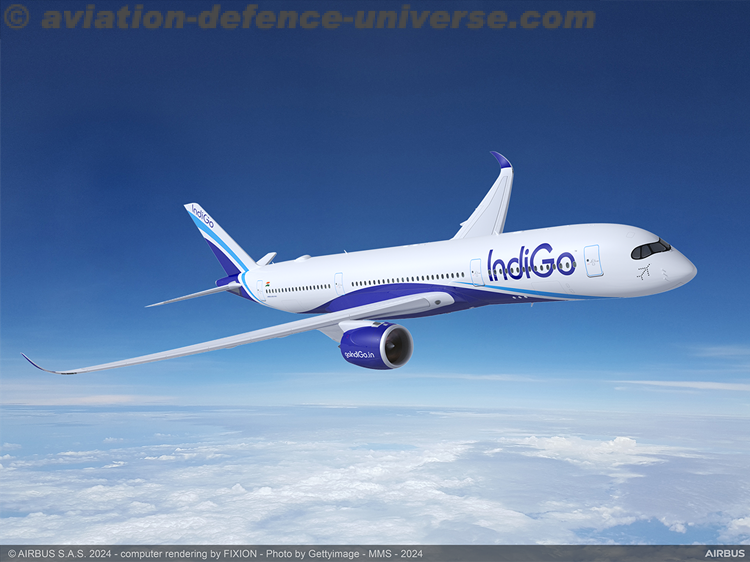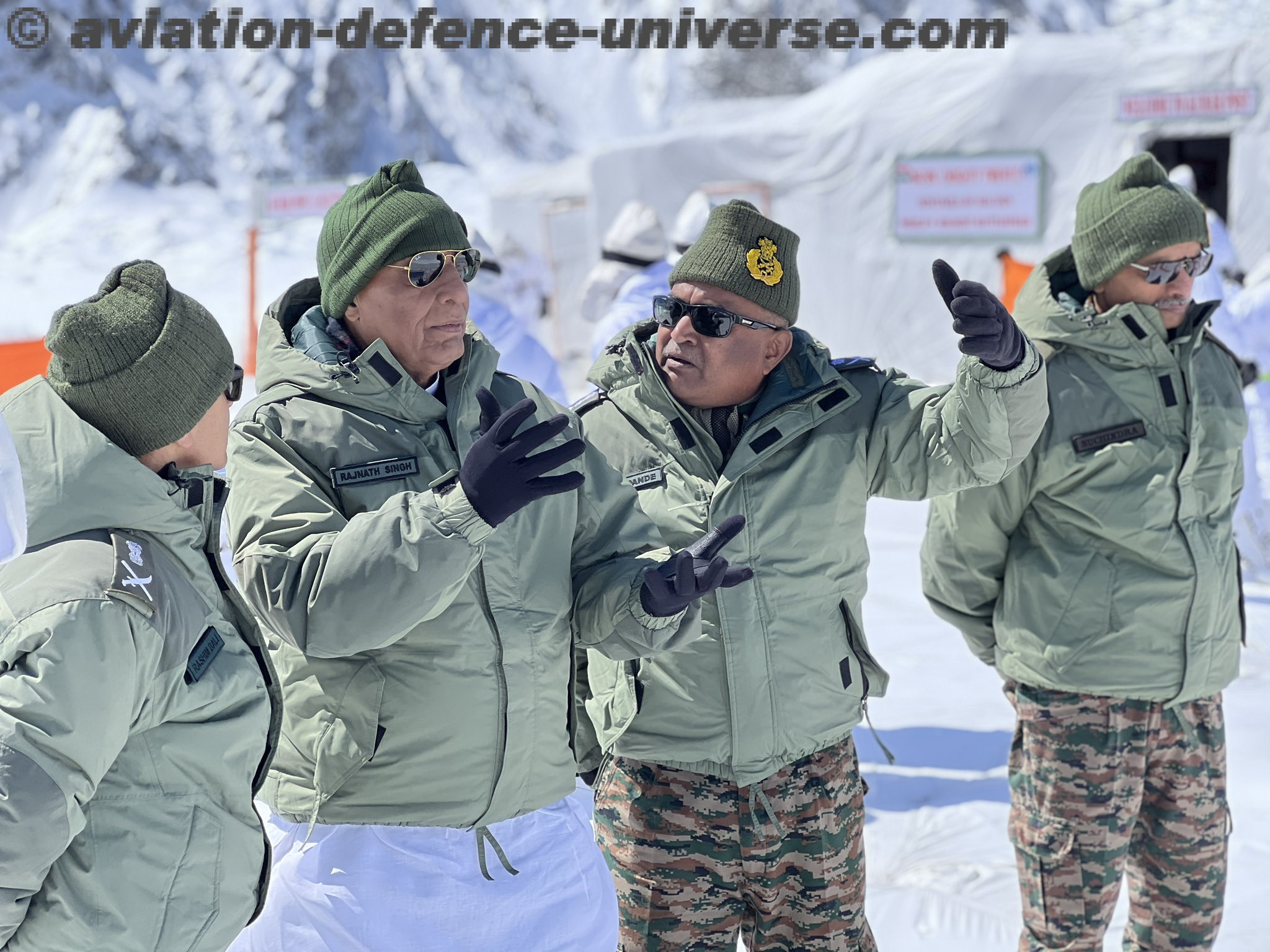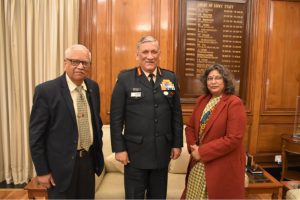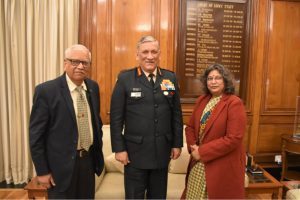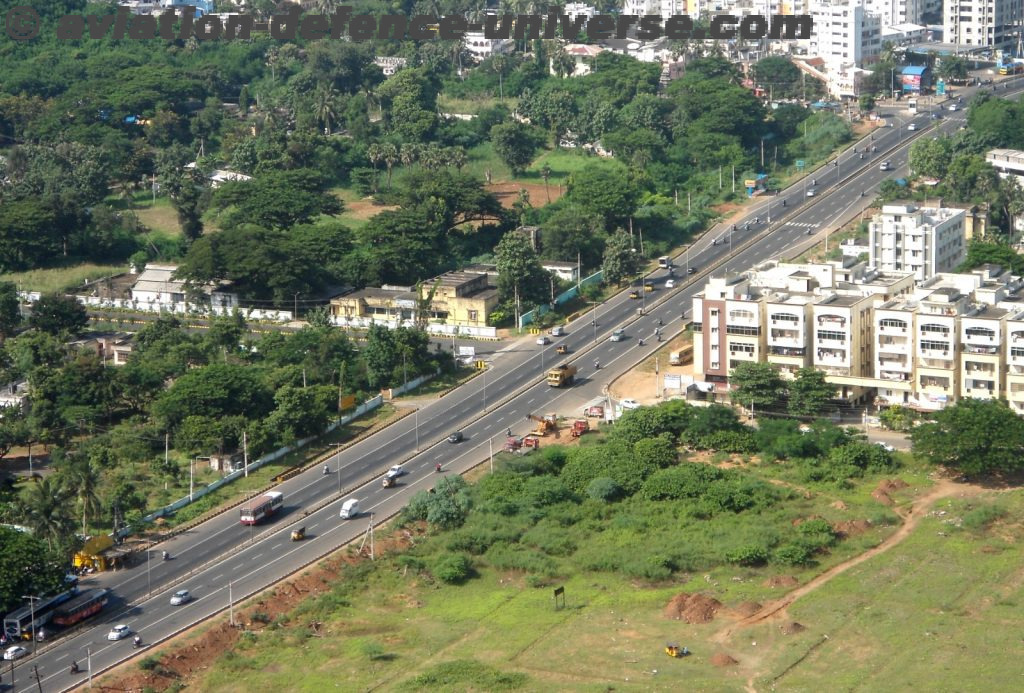Dear Friends,
India’s recently resurfaced aviation industry seems all set to mark a structural turnaround in its fortunes. India’s changed international image, an improving economic environment, and recent increase in activity by the Ministry of Civil Aviation gives a feel that India’s aviation is coming of age. But will India Aviation 2016 prove the premise?
For a country which is globally ninth in the civil aviation market, ranks fourth in domestic passenger volume and it has been reported that by 2020 the civil aviation market in the country will become the world’s third largest and is expected to be the largest by 2030. Sounds great but how true will this turn out to be keeping in mind the current challenges and threats.
However rosy a picture all stakeholders might be trying to paint the truth is that the sector faces major challenges like high operational costs, high cost of aviation turbine fuel, high service tax and other charges, shortage of maintenance facilities, high foreign exchange rate, competition from foreign airlines, congestion at airports and lack of qualified pilots and technical manpower.
Indian airlines operate with some of the highest fuel costs in the world. India imports a huge percentage of Aviation Turbine Fuel (ATF) from foreign sources and prices are set by Government-owned PSUs that exclude competition from private sources. State surcharge on fuel vary widely, from four to 30 per cent, and are not under effective control of the Central Government. If this problem is not looked into by the government in power it will be impossible to maintain fares at par with the other foreign airlines. So majority will prefer to travel by them and not by Air India or other Indian carriers, especially for overseas trips. And with all descending at Hyderabad’s Begumpet Airport which will play host to India Aviation 2016- will the organisations which matter give this a thought? No they will discuss all that is good and conveniently forget this great challenge which needs to met to keep the indigenous airlines afloat.
Also airlines focus on what regulators such as the US Federal Aviation Administration (FAA) require them to do but not on how to do it efficiently. Thick manuals outline tasks but without standardizing sequences, processing times, or best practices. Standard operating procedures exist, but become secondary. Passengers experience this problem firsthand in the form of check-in and loading procedures that vary from airport to airport or even gate to gate. The absence of operating standards often breeds inefficiency in spite of workers’ best efforts to carry out required tasks and meet regulatory standards. What the sector needs is lean operations but does any of these airlines know what exactly would a lean airline operation look like and deliver? And there is no one to tell them also. So shouldn’t Hyderabad in the next week be a destination to discuss this issue? But no will, as there will be no time left from the discussions on sundry problems and praises of the industry’s current status.
Another important thing which the converging industry should focus on is maintenance. The aim of maintenance is to ensure an aircraft’s lifetime airworthiness and safety through the inspection, disassembling, and rebuilding of aircraft structures (wings, fuselage, tail, and cabin, for example) and systems (including avionics, hydraulics, and electronics). Maintenance ranges from quick turnaround “transit checks” between flights to overnight “A-checks” every 500 flying hours to heavy operations that can resemble a Boeing or Airbus assembly line. These are the major “C-checks” and “D-checks”—generally conducted every 18 months and five years, respectively—which can take the aircraft out of commission for days, weeks, even months. And what is the availability of such facilities? A great lack of them in India is the actual truth. Shouldn’t the government and private sector get together to plan to develop this infrastructure in the country and not depend on overseas locations. Shouldn’t this be discussed at such events where all parties involved are available under the same roof for at least two days.
It is no secret that high operating costs in India scare off a lot of international airlines. Airport charges are so high that all profits they make in the long haul get nullified by high airport charges, landing fees and refuelling. So many have lessened the number of flights to India and some have suspended operations all together. But not much is the thought given to these impediments by the industry, regulator and ministry. Can’t they have meetings during India Aviation to at least take the matter a little ahead towards finding a solution to the problem.
India is actually a country which has a list of woes for the airlines to operate, even though the traffic might be on the rise. Every alternate year at Hyderabad hopes of all stakeholders brainstorming to reach some semblance of a solution get shattered. Isn’t it high time the industry pundits, government and airlines used this event as a platform to find solutions to their problems, challenges and threats rather than converging just to meet people, enjoy the displays and hold press conferences.
Sangeeta Saxena
14 March, 2016.




